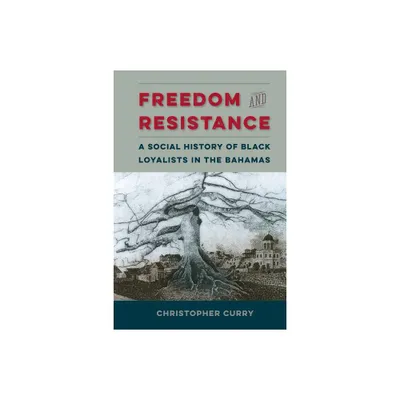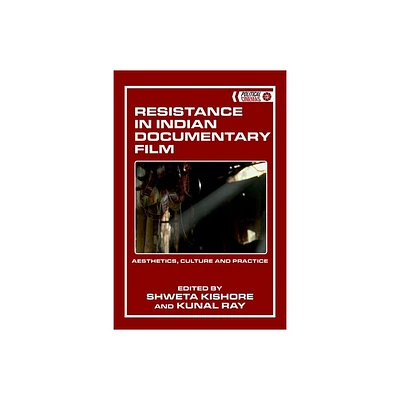Home
Women and Resistance Contemporary Bengali Cinema: A Freedom Incomplete
Loading Inventory...
Barnes and Noble
Women and Resistance Contemporary Bengali Cinema: A Freedom Incomplete
Current price: $58.99


Barnes and Noble
Women and Resistance Contemporary Bengali Cinema: A Freedom Incomplete
Current price: $58.99
Loading Inventory...
Size: Paperback
*Product Information may vary - to confirm product availability, pricing, and additional information please contact Barnes and Noble
Historically, Indian cinema has positioned women at the intersection of tradition and a more evolving culture, portraying contradictory attitudes which affect women’s roles in public and private spheres.
Examining the work of three directors from West Bengal, this book addresses the juxtaposition of tradition and culture regarding women in Bengali cinema. It argues the antithesis of women’s roles, particularly in terms of ideas of resistance, revolution, change, and autonomy, by suggesting they convey resistance to hegemonic structures, encouraging a re-envisioning of women’s positions within the familial-social matrix. Along with presenting a perception of culture as dynamic and evolving, the book discusses how some directors show that with this rupturing of the traditionally prohibitive, and a notion of unmaking and making in women, a traditional inclination is exposed to align women with ideas of absence, substitution, and disposability. The author goes on to show how selected auteurs in contemporary Bengali cinema break with certain traditional representations of women, gesturing towards a culture that is more liberating for women.
Presenting the first full-length study of women’s changing roles over the last twenty years of Bengali cinema, this book will be a useful contribution for students and scholars of South Asian Culture, Film Studies and Gender Studies.
Examining the work of three directors from West Bengal, this book addresses the juxtaposition of tradition and culture regarding women in Bengali cinema. It argues the antithesis of women’s roles, particularly in terms of ideas of resistance, revolution, change, and autonomy, by suggesting they convey resistance to hegemonic structures, encouraging a re-envisioning of women’s positions within the familial-social matrix. Along with presenting a perception of culture as dynamic and evolving, the book discusses how some directors show that with this rupturing of the traditionally prohibitive, and a notion of unmaking and making in women, a traditional inclination is exposed to align women with ideas of absence, substitution, and disposability. The author goes on to show how selected auteurs in contemporary Bengali cinema break with certain traditional representations of women, gesturing towards a culture that is more liberating for women.
Presenting the first full-length study of women’s changing roles over the last twenty years of Bengali cinema, this book will be a useful contribution for students and scholars of South Asian Culture, Film Studies and Gender Studies.


















